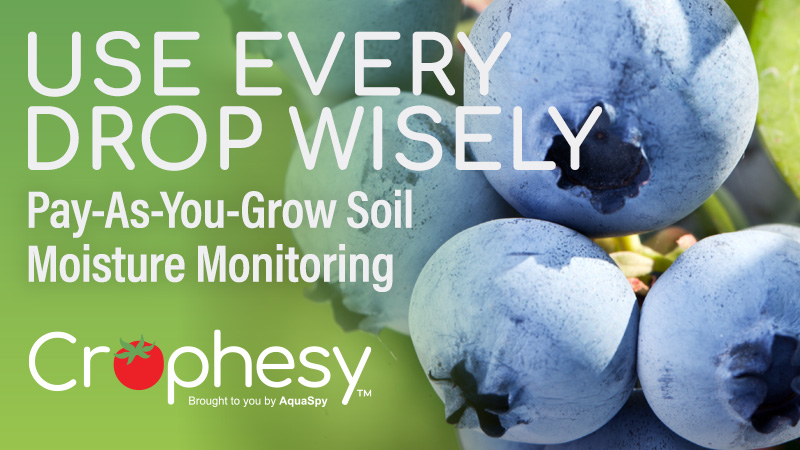Industrial Hemp Planting Tips for Florida Growers

Hemp plants growing at the UF/IFAS Tropical Research and Education center in Homestead, FL. Photo by Tyler Jones, UF/IFAS
At long last, you can now legally grow industrial hemp in Florida. The Florida Department of Agriculture started issuing licenses in April for cultivation. The agency says about 600 growers have been licensed to grow hemp in the state.
With planting just around the corner, we asked Dr. Zachary Brym, Assistant Professor of Agroecology at the UF/IFAS Tropical Research and Education Center, about some key considerations as you begin planting your first crop. Brym is part of the UF/IFAS Industrial Hemp Pilot Project team.
What will be the typical planting dates for hemp in Florida, and roughly how many days to maturity for the crop?
BRYM: Many envision hemp cultivation in Florida to be appropriate year-round. The early results from the UF/IFAS Industrial Hemp Pilot Project suggest there are, more realistically, just a few windows of opportunity.
There seem to be benefits to spring planting ahead of the rainy season. However, we’ve tried plantings as late as June and July and had some success. We are even planting some varieties in the early fall to finish before the frost.
So much about hemp growth and development, like the flowering response to day length, the planting method (seed, transplant), and the desired production outcome (flower, grain, fiber) will impact the appropriate planting date. Hemp bred in northern latitudes might flower too soon when grown in Florida. Hemp bred for essential oil production may exceed the 0.3% total THC if grown for too long.
Regarding days to maturity, 90 to 120 days is probably a good window for seed/cutting to harvest, but I also could say 60 to 120 days, or 45 to 120 days, given the response to light, environment, and developments in day-neutral genetics. You should closely monitor your crop for seed hardening or cannabinoid development to determine appropriate harvest time rather than scheduling a specified number of days.
In terms of variety selection, are there any in your evaluations that seem to be performing well or better than others?
BRYM: Our trials have included more than 40 varieties over the course of two growing seasons. We have not yet found one that reliably has all of the characteristics that we seek. These characteristics are: less than 0.3% THC concentration; appropriate response to day length; good establishment and production; as well as pest and disease resistance. It will take several years for us to narrow in on a selection of candidate varieties to recommend.
Are there other production tips important to get hemp started with good emergence and early growth?
BRYM: Keep the soil moist but not flooded. Make sure to have good quality seeds or transplants to start. Get it out ahead of the weeds. Mostly the same as other crops, but we’re still learning about ways to improve stand establishment.
How are people planting hemp — on plastic beds, bare ground, protected, etc.?
BRYM: Now that hemp has seen a commercial season in Florida, this is one of the questions we have for this year’s farmers as well. I have seen or heard of all the ways you mentioned being tried both in the industry and within our research trials. Like the planting date question, the appropriate management will reflect the chosen variety, as well as the grower’s production goals and local environment.
What are some of the fertilizer requirements for hemp?
BRYM: At this time, no Florida-specific data on nutrient requirements and fertilization are available. From a survey of ongoing research and soil fertility experts across the country, hemp may be similar to non-irrigated corn or other small grains in Florida. We have recently produced a document that further describes our current knowledge on hemp fertilization at https://edis.ifas.ufl.edu/ss689.
What are going to be some of the biggest differences between growing hemp in Florida and other parts of the country?
BRYM: There are several, including shorter days — even during the longest days of the year, humidity and flooding rains, new pest and disease outbreaks, the risk of escape from cultivation and invasion of natural areas, and limited available genetics that are compliant with Florida laws.
Now that growers are being licensed to grow, what are the next steps for the UF/IFAS program to help educate people getting into cultivation?
BRYM: We’re preparing a virtual workshop for this winter that will summarize our efforts through the pilot project period and provide updates on information we have gathered through our research and experiences.
Is there anything else that you would like to add?
BRYM: Currently, the best source of information remains the Programs.ifas.ufl.edu/hemp website, particularly the FAQ and resources pages.









